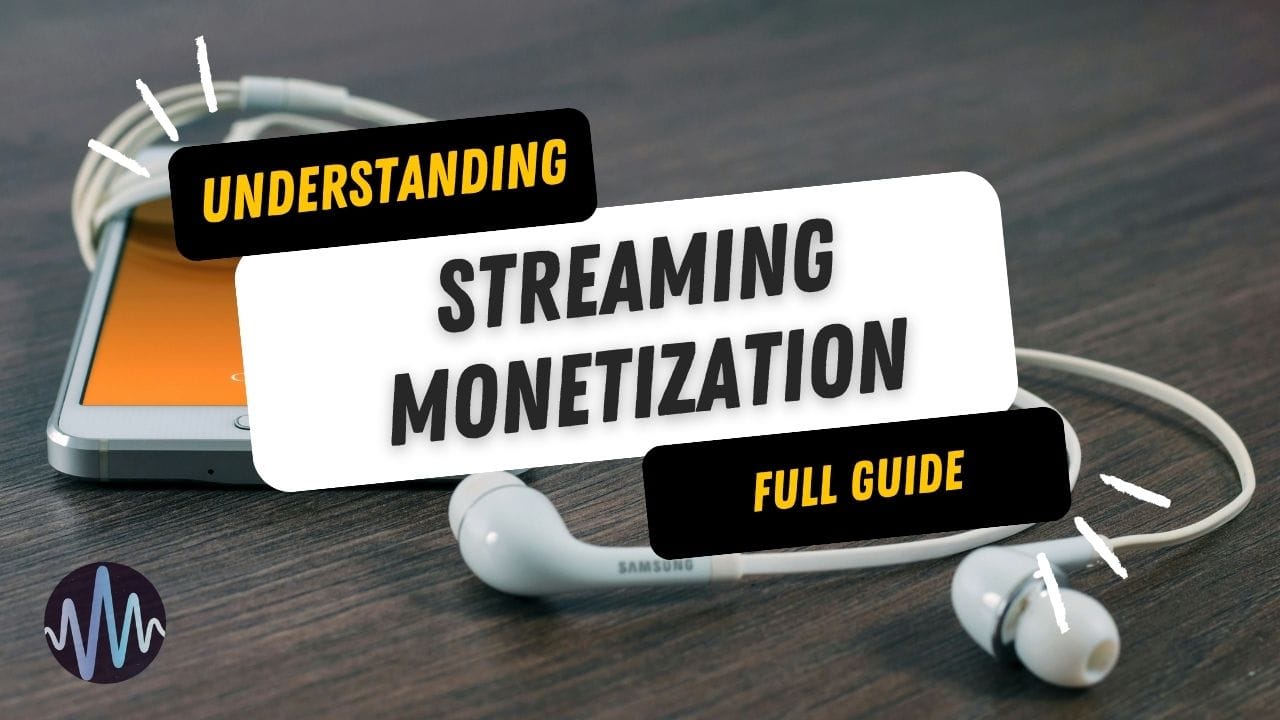
There’s no way around it: music streaming has superseded almost every other revenue source for artists.
For a musician, it’s now harder than ever to create a viable source of income through music, and this is due to the fact that most listeners just don’t buy music anymore: they mostly rely on streaming services that pay the artist less than a cent whenever their song gets played.
In this context, understanding how streaming monetization works is more important than ever.
Let’s take a look at how streaming monetization works, and the best practices to earn more from your music.
- How Music Streaming Platforms Pay Artists
- How Much Spotify Really Pays
- How Streaming Royalties Work
- How Much Streaming Services Pay Artists in 2025
- Maximizing Your Streaming Revenue
- Final Thoughts
How Music Streaming Platforms Pay Artists
Every streaming platform has its own way of calculating royalties, and most of them won’t even discuss the details with their users. In general, each streaming service offers one of the two following models: pro-rata and user-centric.
The pro-rata model is used by services like Spotify and Apple Music, and basically combines all subscription and ad revenue into a single pool each month; artists are then paid based on their share of total plays.
For instance, if your music represents one percent of all streams in that period, you receive one percent of the total payout pool. This is a straightforward and practical approach, but it often benefits artists who already have large audiences.
On the other hand, the user-centric model divides each listener’s subscription fee among only the artists they’ve actually streamed. It’s fairer, but still rare in the music streaming ecosystem: SoundCloud and Deezer are the only major platforms experimenting seriously with it.
Bear in mind that platforms don’t pay artists directly. Payments go first to record labels, publishers and collecting societies, who then distribute earnings to artists after taking their share.
For most indie musicians, this means they receive only a small fraction of what their music actually generates.
How Much Spotify Really Pays
The platform currently pays between $0.003 and $0.004 per stream, which is roughly $3 to $4 for every 1,000 plays. However, to be eligible for monetization, a track must reach at least 1,000 streams (from a minimum number of unique listeners) in the previous 12 months.
Spotify pays 70% of its revenues to artists, which goes into pools and it's divided by streams. With over 30% of the streaming market share, Spotify is by far the biggest player in the world, and despite offering peanuts to artists compared to other platforms, it’s still the most “lucrative” one for many of us.
Calculating an exact payout is virtually impossible, since rates depend on several factors:
- Streams from free or trial accounts pay much less than those from premium users.
- Discounted plans (Student, Duo, Family) generate lower royalties.
- Location: plays from countries with lower subscription costs pay less.
- Spotify’s growing audiobook catalog now shares space with music, which dilutes the royalty pool.
How Streaming Royalties Work
Streaming royalties are divided into two main types: master recording royalties and publishing royalties.
Master royalties are paid to whoever owns the recording, usually a record label or the indie musician releasing through a distributor.
Publishing royalties go to the songwriters and publishers responsible for the composition. These are collected by performance rights organizations such as ASCAP, BMI or PRS, and by publishing administrators like Songtrust or Sentric.
How Much Streaming Services Pay Artists in 2025
Music streaming services have changed a lot over the past decade, and so have the ways artists get paid. Here’s a current look at the average payout per stream in 2025, starting from the platforms that pay the most:
· Qobuz: ≈ $0.0187 per stream
· Tidal: ≈ $0.012 – $0.015 per stream
· Apple Music: ≈ $0.007 – $0.01 per stream
· Deezer: ≈ $0.0064 per stream
· Amazon Music: ≈ $0.004 – $0.005 per stream
· Spotify: ≈ $0.003 – $0.005 per stream
· Pandora: ≈ $0.0013 per stream
· YouTube Music: ≈ $0.0007 per stream
Bear in mind these numbers are just estimates. The actual payout depends on a multitude of factors, like the listener’s country, whether they have a free or premium account, and how much total revenue the platform makes that month.
Make the Most of Your Streaming Revenue
Growing your audience takes time, but you have all the tools you need to make it happen.
If you want to earn more from streaming, I recommend you focus on three main things: building a loyal fanbase, being present on multiple platforms, and promoting your music consistently.
Build Your Fanbase
Your fans are the foundation of your success; the more engaged they are, the more they’ll stream your music when you release it.
Stay active on social media. Share updates, answer comments, and introduce live sessions or Q&As. Give people a peek behind the curtain with short clips, studio moments, or early previews of upcoming tracks.
Collaborating with other artists is another great way to reach new listeners: when you share audiences, both sides win.
Be on Every Platform
Use distributors like DistroKid or TuneCore to get your music on all streaming platforms in one go (and monitor your revenue). Keep your artist profiles up to date with images, short bios, and links to your latest releases. Upload singles, EPs, and playlists regularly: to give you an idea, Spotify recommends releasing something every 6 weeks.
Promote Your Music
Come up with a clear and actionable release strategy as soon as your album is ready.
Announce your releases on Instagram, TikTok, X, or whichever platform you use, and remind your fans through your newsletter. On Spotify and other streaming platforms, you can submit your songs to playlist curators to reach new audiences.
Final Thoughts
Despite royalty systems being quite opaque, understanding how music streaming monetization works can skyrocket your career. Manage your royalties properly, promote your music professionally, and diversify your strategy: in time, you’ll turn these platforms into a long-term revenue source.
And when you’re ready to work on your next hit, make sure you explore the Sample Focus library; thousands of user-curated, free-to-use sounds and loops to help your music stand out on every streaming platform.
Good luck!


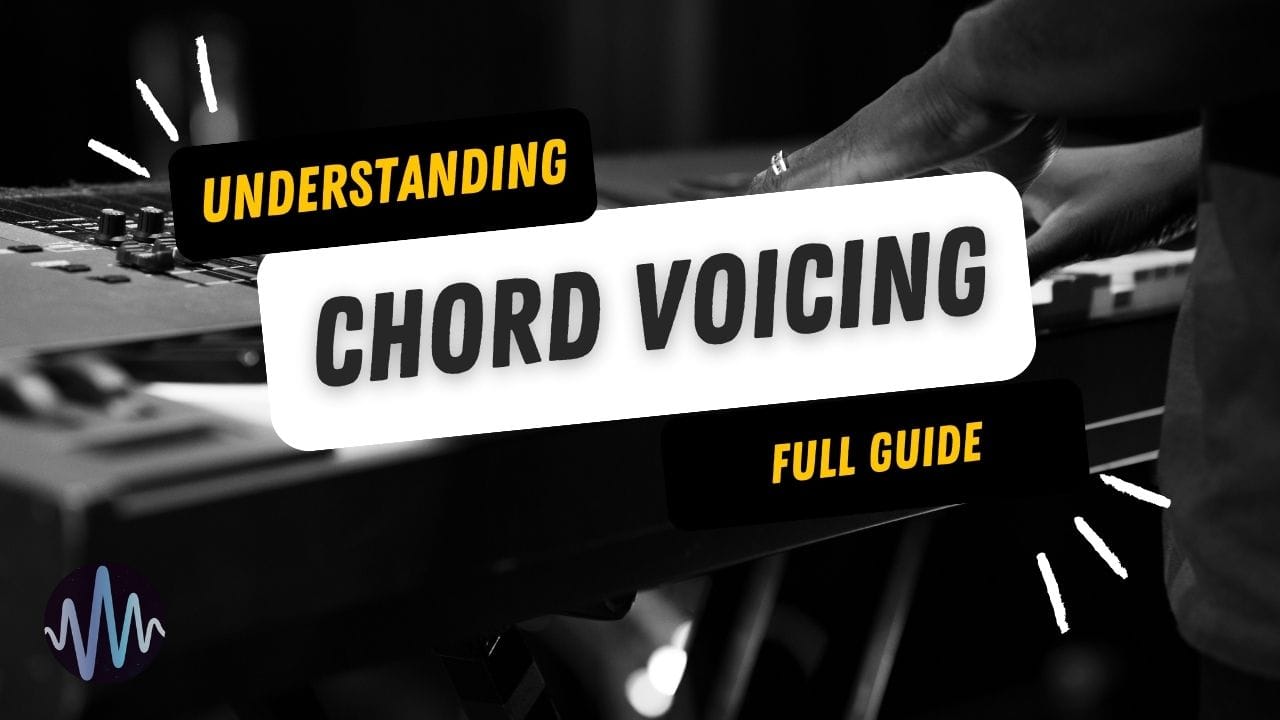
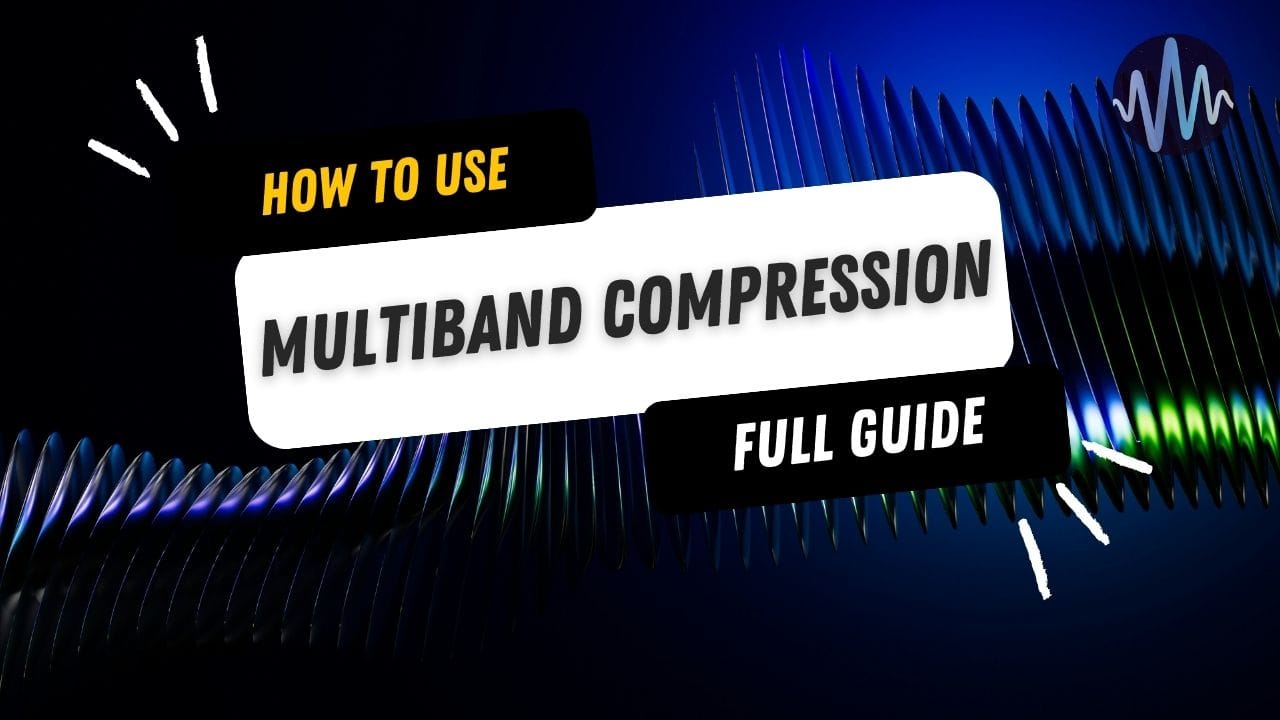
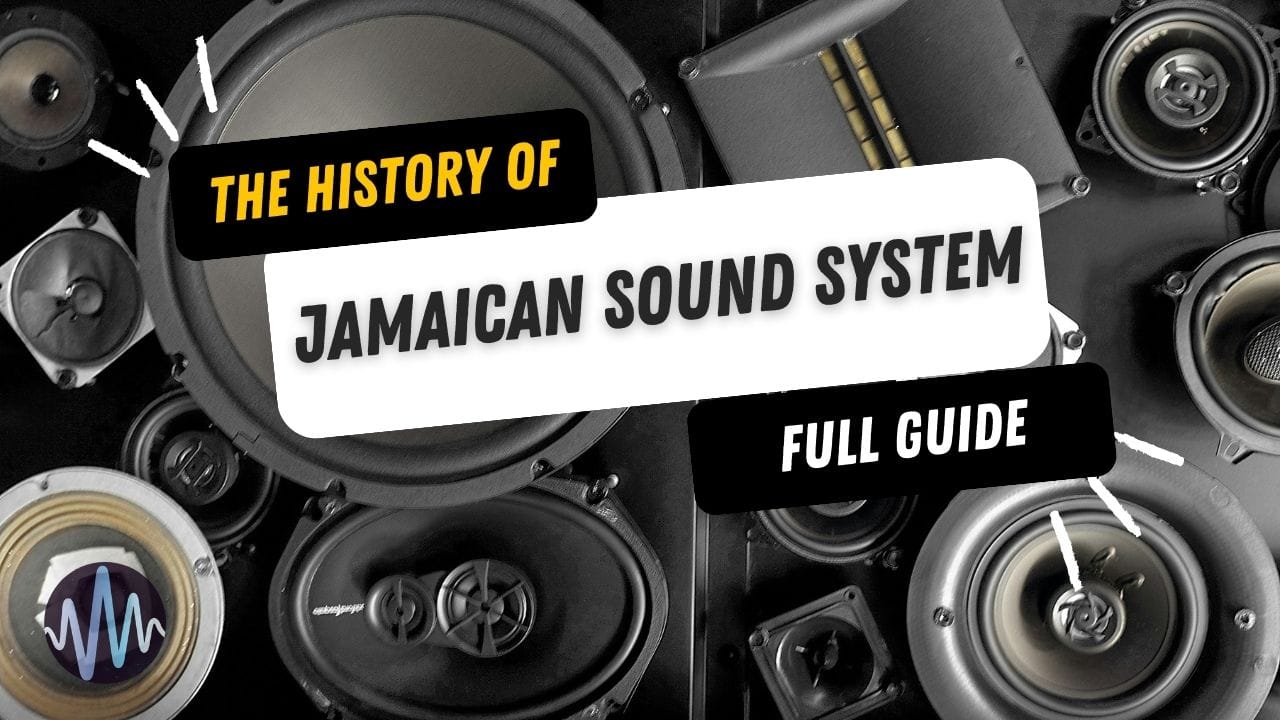
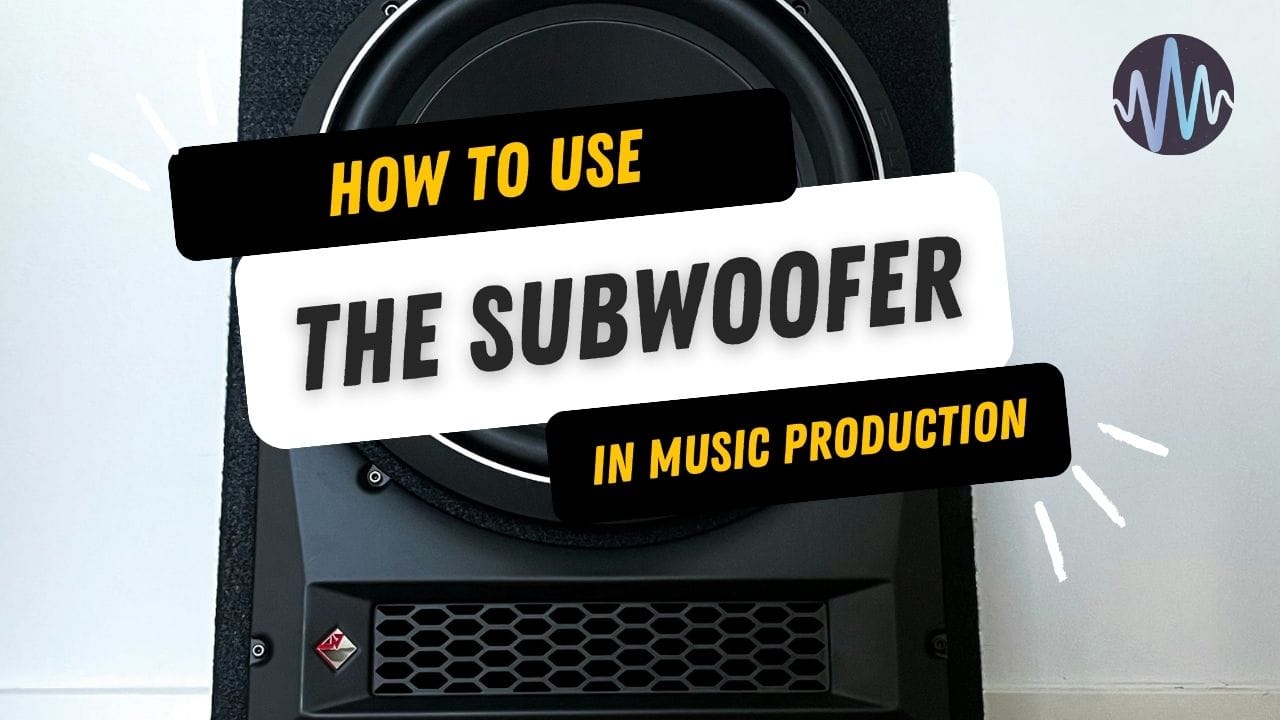
Comments